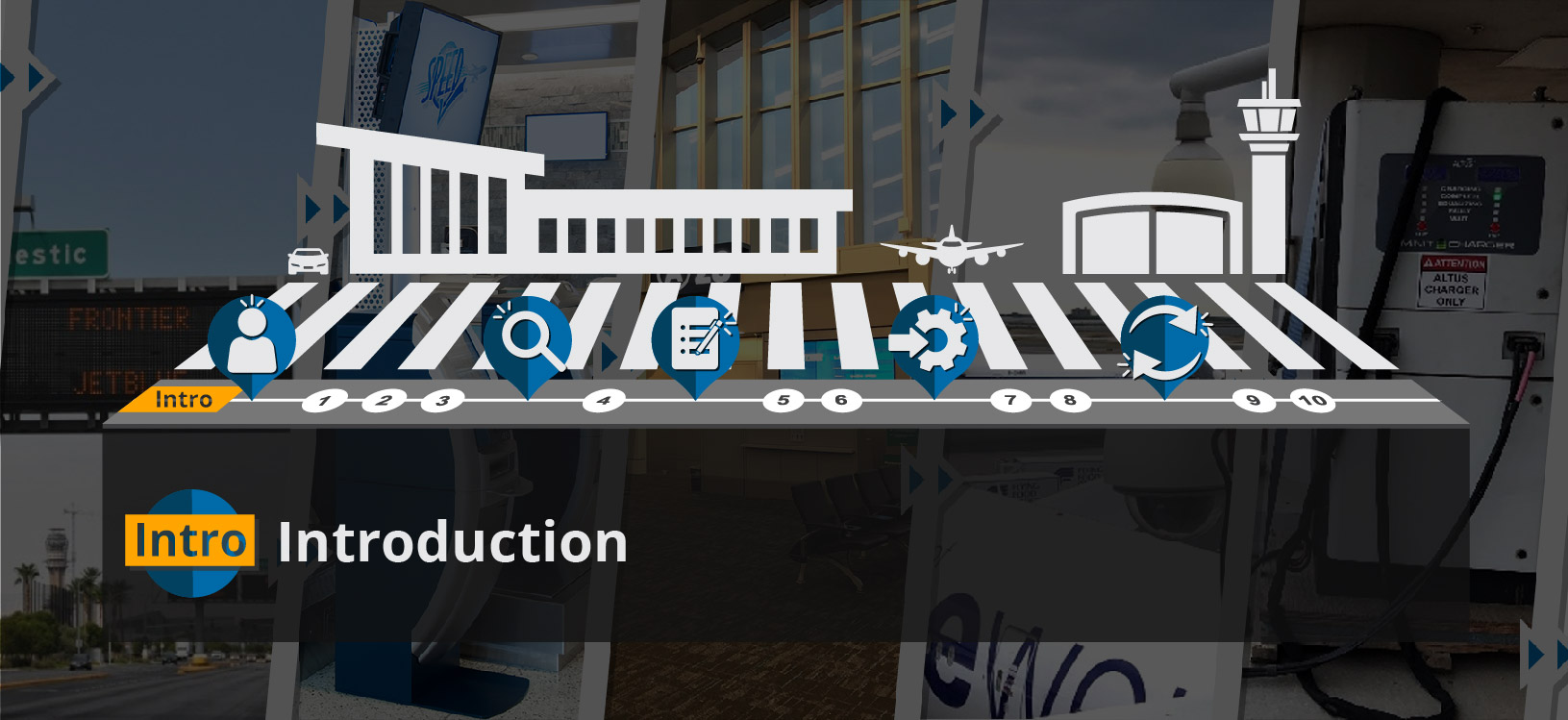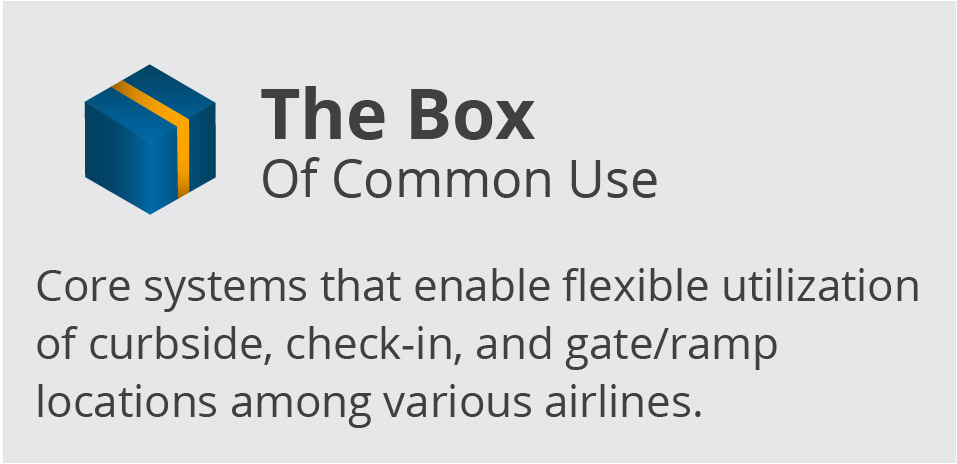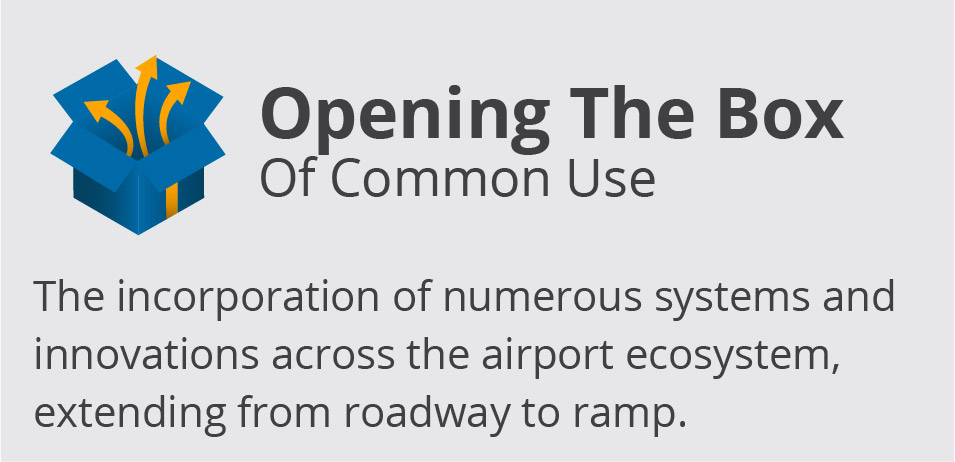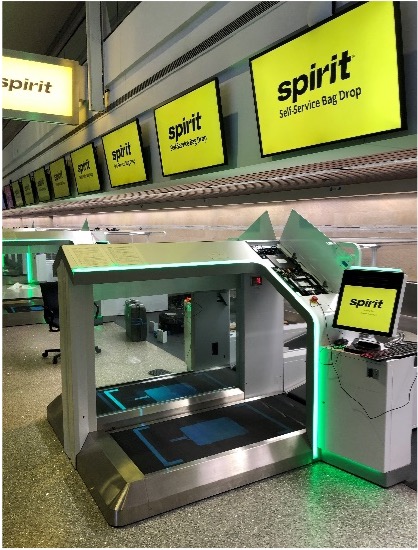
Need and Value of this WebResource
The air travel industry is always on the move. In recent years, it has experienced periods of tremendous growth, culminating in 2019 seeing the highest number of passengers in air travel history and leading several airports to consider or implement expansion programs. It has also experienced periods of great instability after the attacks of September 11, 2001, during the financial crisis of the late 2000s, and through the COVID-19 pandemic starting in 2020. Further, the dynamics of the various airlines have shifted several times, with new airlines entering the market, existing airlines merging, and the nature of airlines (legacy vs. low-cost vs. ultra-low-cost) evolving-all of which greatly affect the airports relied upon by the communities they serve.
For airport operators, this constant fluctuation highlights the need for flexibility. In periods of growth, there is a need to defer brick-and-mortar expansion costs by using existing space more efficiently, and in periods of service downsizing, there is a need to consolidate operations as business demand dictates.
A common use approach is a major enabler of this level of flexibility. Common use is an operating philosophy that refers to using facilities, services, and infrastructure in a shared manner by multiple airport stakeholders (such as airlines, federal agencies, business partners, concessionaires, and any other entities doing business at the airport). Table I-1 describes and expands on the level of flexibility offered by common use.
Table I-1: Driving Factors of a Common Use Approach
| Key Driving Factors | Explanation |
| Operational Flexibility | Ability to facilitate users' access to different parts of the facility, depending on operational needs, with all systems transparently supporting those shifts. |
| Growth | Ability to meet airlines' air service needs expeditiously and efficiently, either with new routes or for new entrant airlines. |
| Service Downsizing | Ability to consolidate operations as business demand dictates, whether for pandemic causes, seasonal traffic, or any other reason. |
| Enhancing Operational Efficiency and Improving Passenger Experience | Airport: Maximize space utilization, granting access to space when and where needed, while considering numerous factors throughout the environment in doing so. The ability to transparently and comfortably accommodate higher usage loads (in all phases of the operation) has great value, including to the customers.
Airline: The ability to grow or contract operationally flexibly, as opposed to having traditional statically leased space. This also allows customers to realize better treatment, as they are not packed into a space that is small relative to a growing level of flight activity. |
| Enhancing the Business |
|
All these benefits come with a truly common use environment. However, at many airports, common use has “already been implemented” and is now viewed through the rather limited lens of “just something that the IT department installs and/or maintains.” There is a conceptual box that has been placed around common use, as shown in Figure I-1.

Figure I-1: The Box of Common Use
This includes the following systems:
- Agent-facing systems with associated peripheral devices (boarding pass printers, bag tag printers, card swipes, boarding gate equipment, and bar code reading equipment.)
- Customer-facing systems, such as self-service kiosks, with the Common Use Self-Service standard confirmed by the International Air Transport Association and rolled out by airports and airlines in the early 2000s.
- Associated dynamic signage systems, which in the early days were not well-integrated and comprised rather tedious manual systems and monitors that may or may not have displayed the precise color used by the air airline logos.
While The Box has brought immense value to a great number of airports, the passing of time, the progression of technology, and the trial by countless operational scenarios and irregular operations have shown that a much broader view of common use is necessary to fully gain the flexibility that common use can enable. Years of lessons learned are causing some airport operators to rethink their approach; they are starting to open The Box, as shown in Figure I-2.

Figure I-2: Opening The Box of Common Use
This open box includes systems and processes that directly support airport, airline, and passenger needs, such as signage, including all types and functionality; curbside check-in and self-bag drop functionality; voice over internet protocol phone system integration; outbound and inbound baggage processing; wired and wireless network infrastructure; ramp systems and control; electrical recharge units; analytics systems; biometrics-based systems; airport operational databases; resource management systems; and many others spanning all facilities, services, and stakeholders in the airport environment.
What this WebResource provides
This WebResource is a follow-on to ACRP Report 30: Reference Guide on Understanding Common Use at Airports. Released in 2010, Report 30 is still relevant in setting the stage for understanding common use and its value, as well as providing key considerations in an initial implementation, particularly in the following areas:
- Analysis and Implementation Considerations
- Business Value Assessment
- Common-Use Implementation - A Framework for Success
This WebResource serves as both a springboard to and a guide through an opening of The Box-or moving into a holistic perspective and program-providing the following over the course of ten chapters:
- Defines common use in the broad terms needed to achieve flexibility.
- Describes the need for a holistic common use perspective and program.
- Provides several tangible examples of its benefits based on case studies and interviews with 25+ aviation organizations.
- Lays out the components needed to develop a holistic common use program.
- Culminates in a step-by-step description of developing such a program and sustaining it into the future.

